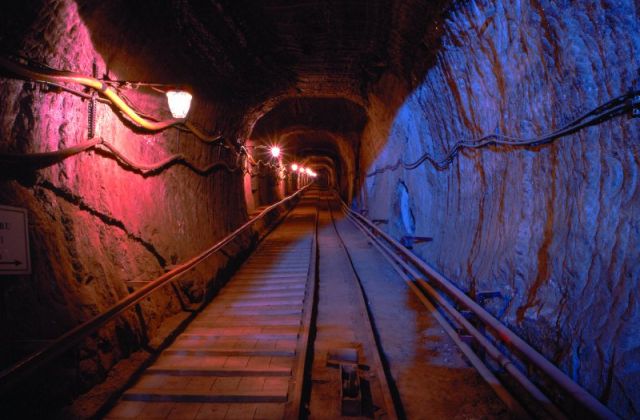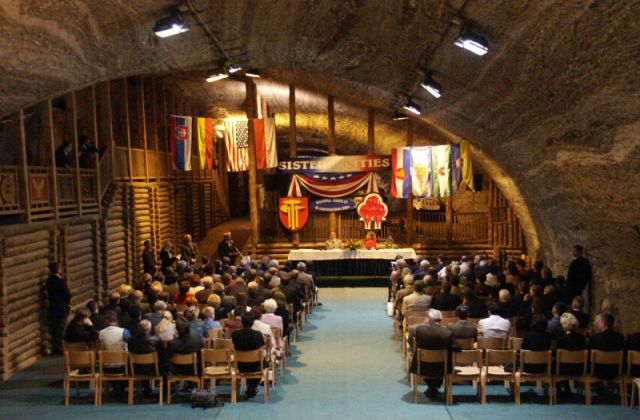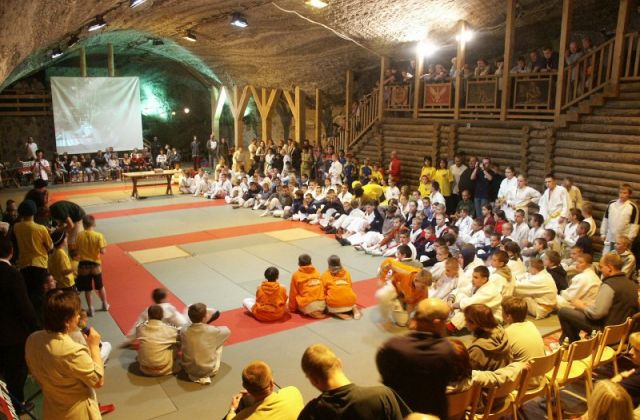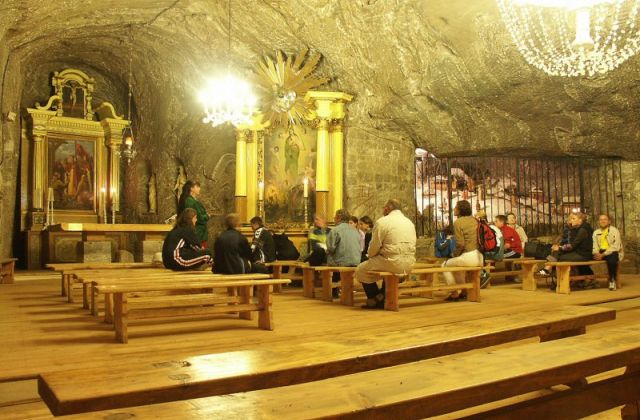The salt mine in Bochnia is the most unique monument and at the same time the greatest tourist attraction in the Bochnia county. This oldest mining plant in Europe had been functioning since 1248, what makes more than 750 years. The salt and its extraction have contributed both to the development of the town and the whole region. At present, because of running down the salt deposits, the salt mine doesn’t work any longer and as an industrial plant is now going into liquidation. Only the oldest and most interesting parts have been preserved and are now under the restoring protection. After some necessary modifications, a part of the mine workings was made open to the public as a tourist route, while the biggest of the preserved chambers (Ważyn chamber) was adjusted to fulfil recreation and sanatorium purposes.The biggest and best preserved among all chapels in the salt mine is St. Kinga’s chapel. It was raised in 1747 under the name of St. Guardian Angels New Chapel. In 1782 the name was changed into Blessed Kinga chapel. The main elements of the chancel are: St. Kinga altar, St. Barbara altar, a pulpit carved in salt and salt sculptures of St. Kinga, St. John Nepomucen, St. Wojciech and St. Thomas from Akwin. Every year on Christmas Eve and on the Patron’s Day (St. Kinga’s) there are High Masses conducted in the chapel.
The Ważyn Chamber is considered the heart of the mine. It is one of the biggest conserved chambers in the Bochnia mine, placed on Sienkiewicz level. Its length reaches 280m. It is situated in the middle salt deposits creating effective patterns, the so called Bochnia stripes. It was exploited with breaks from 1697 to 1950s. Recently the chamber has undergone conversion to fit recreational and sanatorium purposes.




